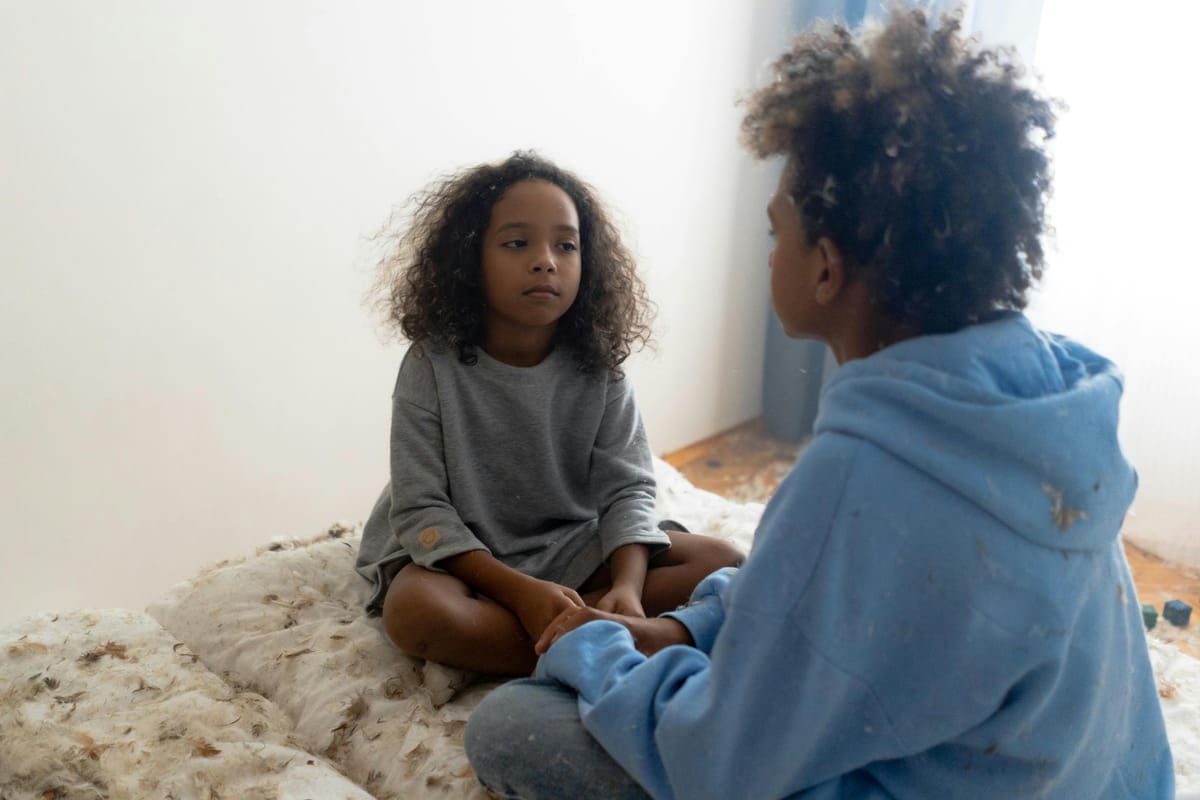Planting Seeds Early: How Social Development in Childhood Can Help Prevent Bullying and Youth Struggles

Parent Question: Can social development in early childhood really help reduce the bullying and suicide rates among youth?
This is a brave, timely, and important question. Based on years of research and practice, the answer is yes, early social development can make a real difference.
While no single strategy can eliminate bullying or fully protect every child from pressures that sometimes lead to despair, the foundation for resilience, empathy, and healthy peer relationships is laid in the earliest years of life. What we nurture in preschoolers and young children often blossoms in adolescence and beyond.
Why Start in Early Childhood?
Children under five are learning not just the alphabet and numbers, but also the “rules of relationships.” They experiment with sharing, practice handling frustration, and begin noticing how others feel.
Research shows that social and emotional learning in the early years is strongly linked to reduced aggression, better coping strategies, and healthier peer relationships later on¹. In other words, the earlier we plant seeds of empathy and emotional regulation, the more likely children are to grow into teens who handle conflicts without cruelty and become friends who support each other through their struggles.
The H-E-A-R-T Approach
We often equate the heart with love and compassion. Raising children with heart means helping them refrain from harming others or themselves.
- H – Help children name feelings: Give words to emotions early. “I see you are frustrated because the block tower fell.”
- E – Encourage empathy: Ask, “How do you think your friend felt when that happened?”
- A – Act out solutions: Role-play conflicts so children learn peaceful problem-solving.
- R – Reinforce kindness: Celebrate moments of sharing, helping, or comforting.
- T – Teach safe talk: Show children how to express needs: “Please stop” or “I need a break”, instead of lashing out.
Scenario 1: The Preschool Sandbox
Four-year-old Liam grabs a shovel from his friend Maya. She cries, and a tug-of-war begins. Instead of swooping in with punishment, the teacher crouches down and walks them through HEART steps:
Help name feelings: “Maya, you look sad. Liam, you look frustrated.”
Encourage empathy: “Liam, what do you think Maya is feeling right now?”
Act out solutions: They brainstorm options, taking turns, digging together.
Reinforce kindness: When Liam hands the shovel back, the teacher says, “That was thoughtful, Liam.”
Teach safetalk: Maya practices saying, “Can I use it when you’re done?”
Children who repeat this process at home and school internalize key skills: recognizing emotions, pausing before reacting, and choosing kindness.
Scenario 2: The Elementary School Bus
Eight-year-old Chloe is teased on the bus about her glasses. Because her parents and teachers practiced HEART skills early, Chloe already knows two important things:
Her words matter: She says calmly, “I don’t like when you call me that.”
She has support: At home, her family makes space to talk about tough days, and at school, teachers reinforce anti-bullying norms. She lets her mom and teacher know what’s happening, and they intervene.
Instead of bottling up pain or retaliating, Chloe has tools to cope and trusted adults to confide in. She may still feel hurt, but she won’t feel alone or powerless.
Early Social Development: Bullying and Suicide
Bullying is not just “kids being kids.” It can create deep wounds that, left unaddressed, increase the risk of anxiety, depression, and even suicidal thoughts in adolescence². Early social development helps on both ends of the equation:
For potential aggressors: Learning empathy, self-regulation, and problem-solving reduces the urge to dominate or harm others.
For potential victims: Learning expression, resilience, and help-seeking increases the ability to cope and ask for support.
It’s not about raising perfect children. It’s about giving all children skills and environments that make cruelty less likely and connections more possible.
Parents Take Note
- Start with stories: Use children’s books as entry points for empathy. “How do you think the character felt?”
- Model vulnerability: Share your own feelings. “I felt disappointed today, but I took a walk to calm down.”
- Use play for practice: Role-play being left out and rehearse kind responses.
- Notice kindness out loud: Highlight when siblings or classmates help each other.
- Keep communication open: Create family rituals, like nightly check-ins, so children always have a safe place to share.
A Family Activity: The Kindness Chain
Each family member shares one kind act they did that day—big or small.
Write or draw it on a strip of paper, then link the strips together into a chain.
Watch the chain grow over the week as a visual reminder: kindness builds connection. This simple activity reinforces positive behavior and shows children that little acts of kindness matter and, together, create something strong.
Remember
Bullying and youth suicide are complex, heartbreaking realities. No single parenting practice or program can guarantee prevention. But the evidence is clear: when children are taught empathy, resilience, and healthy communication from the start, they are less likely to harm others and more likely to reach out for help when they struggle.
By raising children with H-E-A-R-T, we plant seeds that help prevent future pain and nurture a generation that chooses connection over cruelty.
Footnotes
- Denham, S. A., & Burton, R. (2003). Social and Emotional Prevention and Intervention Programming for Preschoolers. Springer.
- Hinduja, S., & Patchin, J. W. (2010). Bullying, cyberbullying, and suicide. Archives of Suicide Research, 14(3), 206–221.